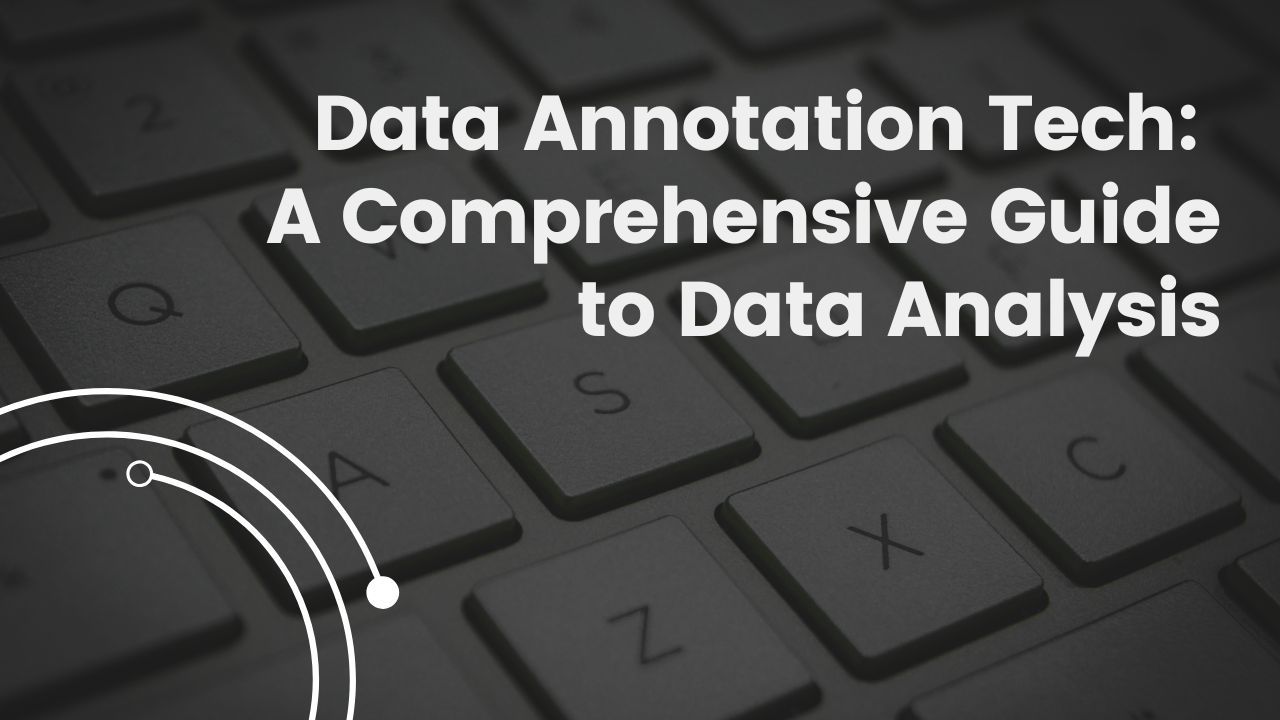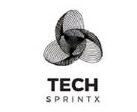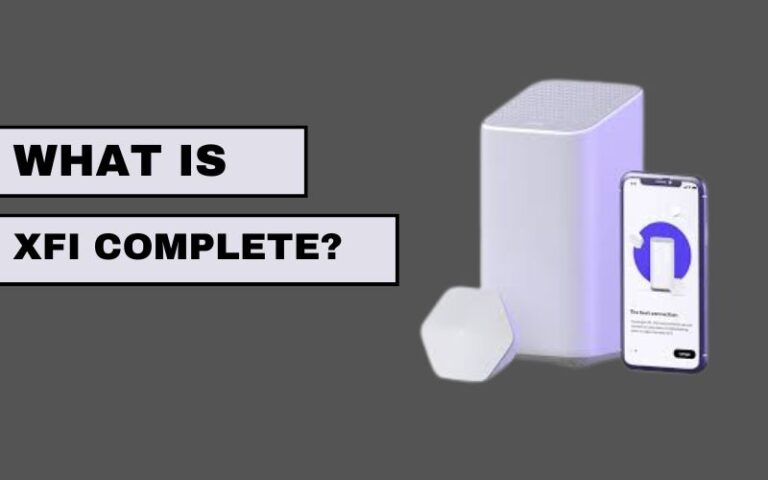
Table of Contents
Introduction to Data Annotation Tech
In the ever-evolving landscape of data analysis, Data Annotation Tech has emerged as a cornerstone technology that powers the accuracy and efficiency of machine learning models. With the rise of AI-driven applications across industries, the need for precise and well-labeled data has become paramount. This comprehensive guide delves into the world of data annotation, exploring its significance, processes, and the growing demand for data annotation jobs.
What is Data Annotation Tech?
What is Data Annotation Tech? At its core, data annotation refers to the process of labeling or tagging data to make it understandable for machine learning algorithms. This labeled data is then used to train models that can recognize patterns, make decisions, and even predict future outcomes. Data annotation is a critical step in supervised learning, where the quality of the data directly impacts the performance of the model.
Data annotation can take various forms, depending on the type of data being analyzed. For instance, in image annotation, specific objects within an image are labeled, while in text annotation, certain words or phrases may be tagged with relevant categories. The goal is to create a dataset that is both comprehensive and accurate, enabling the AI models to function effectively in real-world scenarios.
The Growing Demand for Data Annotation Jobs
The surge in AI and machine learning applications has led to an increased demand for data annotation jobs. Companies across various sectors, from tech giants to startups, are in constant need of high-quality annotated data to develop and refine their AI models. As a result, data annotation jobs have become a lucrative and rapidly expanding field.
Data annotation jobs can range from basic tasks, such as labeling images or transcribing audio, to more complex roles that require domain-specific knowledge. For example, annotating medical images for AI-driven diagnostic tools would require a strong understanding of medical terminology and practices. The demand for skilled annotators is only expected to grow as AI continues to permeate more aspects of our lives.
How Data Annotation Tech Works

To understand the value of data annotation tech, it’s essential to grasp how the process works. Typically, data annotation involves several stages:
1. Data Collection
The first step in the process is gathering raw data that needs to be annotated. This data can come from various sources, including images, videos, text documents, and audio files.
2. Annotation Guidelines
Before the annotation process begins, clear guidelines must be established. These guidelines outline how the data should be labeled, ensuring consistency and accuracy across the entire dataset.
3. Annotation Process
Annotators use specialized tools and software to label the data according to the established guidelines. This step is often iterative, with multiple rounds of review and refinement to ensure the highest quality.
4. Quality Assurance
Once the data has been annotated, it undergoes a rigorous quality assurance process. This may involve cross-referencing the annotations with the guidelines and making adjustments as necessary.
5. Final Output
The final output is a well-labeled dataset that is ready to be used in training machine learning models.
How Long Does Data Annotation Take to Respond?
One of the most common questions asked by those new to the field is, how long does data annotation take to respond? The answer varies depending on several factors, including the complexity of the data, the level of detail required, and the size of the dataset.
For instance, annotating a small dataset of simple images might take only a few hours, whereas a large dataset with intricate annotations could take days or even weeks to complete. Additionally, the experience and skill level of the annotators play a crucial role in determining the response time. Experienced annotators can work more quickly and accurately, reducing the overall time needed to complete the task.
Is Data Annotation Tech Legit?
With the rapid growth of the data annotation industry, many people wonder, is data annotation tech legit? The short answer is yes. Data annotation is a legitimate and essential part of the AI development process. Without properly annotated data, machine learning models would struggle to function accurately, rendering them ineffective for real-world applications.
However, like any growing industry, there are potential pitfalls to be aware of. Not all data annotation services are created equal, and it’s crucial to work with reputable companies that adhere to industry standards. When considering a data annotation job or service, it’s important to do thorough research and choose providers with a proven track record of quality and reliability.
The Future of Data Annotation Tech
As AI and machine learning continue to advance, the role of data annotation tech will only become more critical. The future of data annotation is likely to see the integration of more automated tools, which will help streamline the process and reduce the time required to annotate large datasets.
Moreover, the demand for highly specialized annotation services is expected to rise. This will include tasks that require in-depth knowledge of specific industries, such as healthcare, finance, and automotive. As a result, the skillset required for data annotation jobs will continue to evolve, offering new opportunities for professionals in the field.
Conclusion
In conclusion, data annotation tech is a fundamental component of modern AI and machine learning systems. The process of labeling data, while often overlooked, is what enables these models to function accurately and effectively. As the demand for AI-driven solutions grows, so too will the need for high-quality annotated data and skilled annotators.
Whether you’re considering a career in data annotation or simply looking to understand the process better, it’s clear that data annotation tech is here to stay. By staying informed about the latest developments and trends, you can position yourself to take advantage of the exciting opportunities in this dynamic and rapidly growing field.







